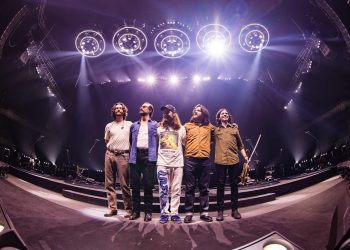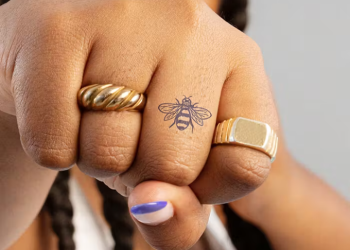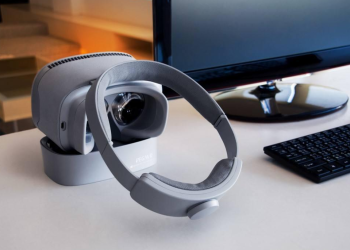Introduction to Democratizing Art
In recent years, the democratization of art has emerged as a transformative movement, driven by advancements in digital technology. This paradigm shift seeks to break down traditional barriers to artistic expression, making creativity accessible to individuals from all walks of life.
Traditional Barriers to Artistic Expression
Historically, accessing art and creative tools has been limited by factors such as cost, geography, and social status. Traditional art supplies were often expensive and inaccessible to many, while opportunities for formal art education were limited to privileged few.
The Rise of Digital Tools
The advent of digital tools has revolutionized the way we create and consume art, democratizing access to creative expression on a global scale. From digital drawing tablets to sophisticated software programs, digital tools offer unprecedented opportunities for artists to explore and experiment with their craft.
Accessibility of Digital Tools
Unlike traditional art supplies, which can be costly and require specialized skills to use effectively, digital tools are often more affordable and intuitive to use. With a basic computer or tablet and an internet connection, anyone can access a wealth of digital resources and begin creating art from virtually anywhere.
Empowering Creativity
Digital tools empower individuals to unleash their creativity in ways that were previously unimaginable. Whether it’s sketching a concept on a tablet, experimenting with digital painting techniques, or creating intricate 3D models, digital tools provide endless possibilities for artistic expression.
Breaking Down Geographic Barriers
One of the most significant advantages of digital tools is their ability to bridge geographical divides in the art world. Through online platforms and communities, artists can connect and collaborate with peers from around the globe, transcending traditional boundaries and fostering a truly global artistic community.
Diverse Artistic Communities
Digital platforms have also played a crucial role in fostering diverse and inclusive artistic communities. From social media networks to online art galleries, digital platforms provide spaces for artists of all backgrounds and identities to share their work, exchange ideas, and find support and encouragement.
Education and Skill Development
Digital tools have transformed art education, making it more accessible and engaging for learners of all ages and skill levels. Online tutorials, courses, and workshops provide aspiring artists with the resources and guidance they need to develop their skills and realize their creative potential.
Collaborative Opportunities
Digital tools facilitate collaboration and co-creation among artists, enabling individuals to work together on projects in real-time, regardless of their physical location. Whether it’s a collaborative painting session or a virtual sculpture workshop, digital tools foster a spirit of cooperation and innovation in the artistic community.
Challenges and Limitations
Despite their many advantages, digital tools also present challenges and limitations. Technical issues, compatibility issues, and the learning curve associated with new software can pose obstacles for artists. Additionally, concerns about the authenticity of digital art compared to traditional mediums persist in some circles.
Artistic Authenticity
Debates surrounding the authenticity of digital art compared to traditional mediums continue to shape discussions within the art world. While some argue that digital art lacks the tactile quality and physical presence of traditional art, others see digital art as a legitimate form of artistic expression in its own right.
Commercialization of Digital Art
The commercialization of digital art presents both opportunities and challenges for artists. While digital platforms and online marketplaces offer new avenues for artists to showcase and sell their work, they also raise questions about copyright, licensing, and fair compensation for artists.
Ethical Considerations
Ethical considerations related to copyright, plagiarism, and digital manipulation in art are increasingly important in the digital age. Artists must navigate complex legal and ethical issues to protect their intellectual property rights and maintain the integrity of their work.
Future Trends and Implications
Looking ahead, the democratization of art through digital tools is likely to continue, with emerging technologies such as virtual reality and artificial intelligence shaping the future of artistic expression. As digital tools become more sophisticated and accessible, the possibilities for creativity and innovation are limitless.
Conclusion
In conclusion, the democratization of art through digital tools represents a paradigm shift in the way we create, consume, and engage with art. By breaking down traditional barriers to artistic expression and fostering diverse and inclusive artistic communities, digital tools are transforming the art world and empowering individuals to realize their creative potential like never before.

FAQs After The Conclusion:
- Do I need expensive equipment to start creating digital art?No, you don’t need expensive equipment to start creating digital art. Basic digital tools such as drawing tablets and free software programs are accessible to beginners and offer plenty of opportunities for creative expression.
- Can I learn digital art without formal training?Yes, many artists learn digital art through self-study and online resources. There are numerous tutorials, courses, and communities available online where you can learn and improve your digital art skills at your own pace.
- Is digital art considered “real” art?Yes, digital art is considered a legitimate form of artistic expression. Like traditional art, digital art requires creativity, skill, and vision to create meaningful and impactful works.
- Are there opportunities to sell digital art?Yes, there are many online platforms and marketplaces where you can sell your digital art, including websites like Etsy, Society6, and Redbubble. You can also offer commissions and sell prints of your artwork to clients and collectors.
- Can I collaborate with other artists in digital art?Yes, digital art offers numerous opportunities for collaboration and co-creation. Many artists collaborate on projects such as illustrations, animations, and digital installations, sharing ideas and resources to create something unique together.
- How can I protect my digital art from being stolen or copied?To protect your digital art from being stolen or copied, you can watermark your images, use copyright notices, and employ digital rights management (DRM) tools. Additionally, you can register your artwork with copyright offices for added protection.
- Are there ethical considerations in creating digital art?Yes, there are ethical considerations in creating digital art, such as respecting copyright and intellectual property rights, avoiding plagiarism, and being transparent about your artistic process and influences.
- What are some emerging trends in digital art?Some emerging trends in digital art include the use of virtual reality and augmented reality technologies, interactive installations, and generative art created with artificial intelligence algorithms. These technologies are pushing the boundaries of artistic expression and creating new opportunities for creativity and innovation.
















